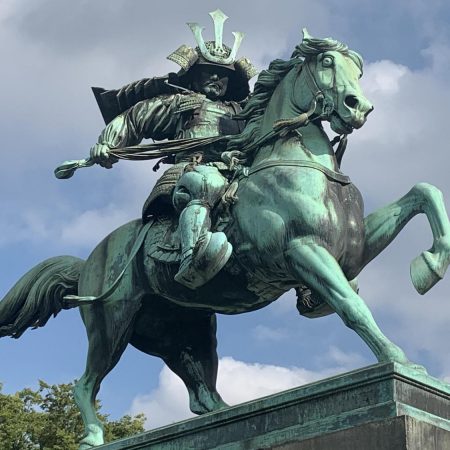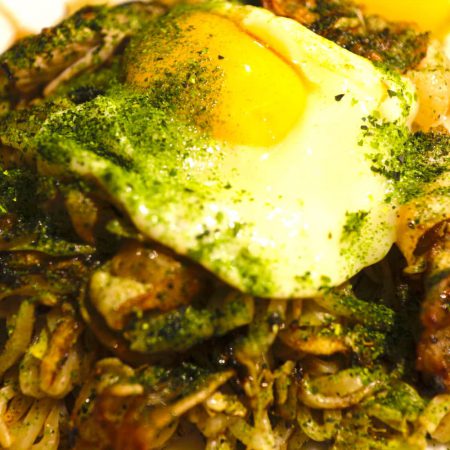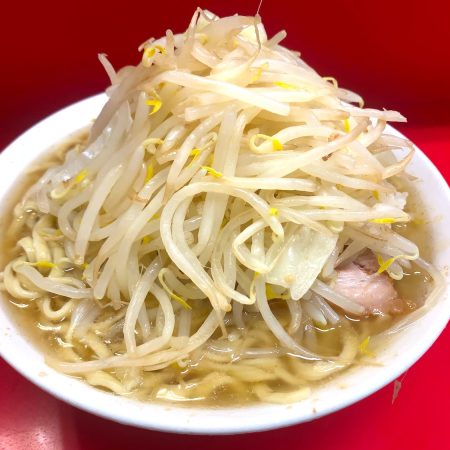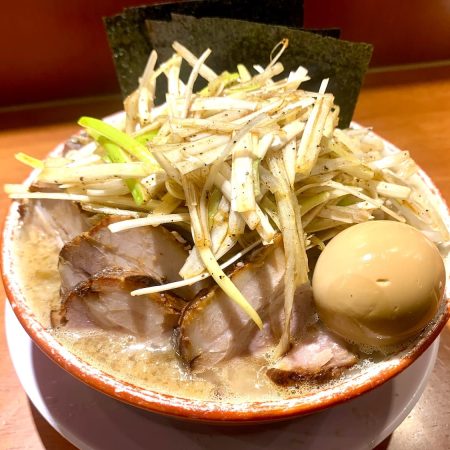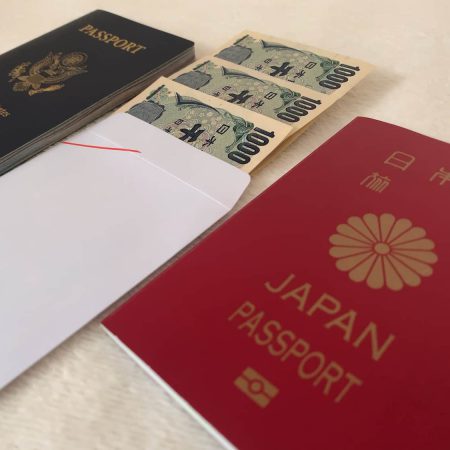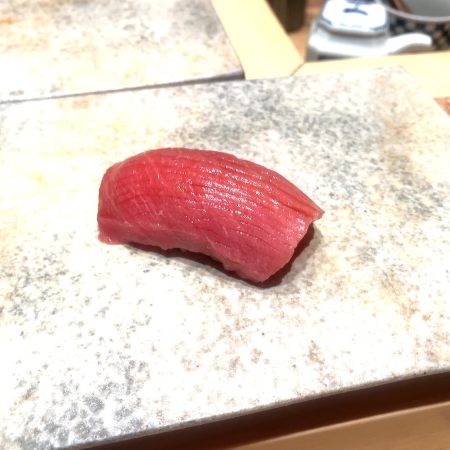Much has been written about the role of Japan’s educational establishment and the role it plays in creating citizens with a strong sense of national identity, common moral values, and standardized basic skills. The club system in Japanese schools receives less attention, but it is equally important in instilling shared values such as teamwork, harmony, and dedication.
The various sports and cultural clubs represent very different activities, but it can be argued that they have a common social goal. The name for many of these activities end in the same kanji pronounced DO (道) in Japanese and meaning “way” in English. The DO ending is particularly common in the martial arts where we have judo, kendo, kyudo (archery), and yakkyudo (baseball). But it is also found in the cultural arts where we find sado (tea ceremony), kado (flower arrangement), and shodo (calligraphy). Each club shows members the path to mastery of its club-specific skills.
On a tour of Kyoto, the ancient Japanese political and culture center, a group of foreign students was given a lecture on the tea ceremony. It took roughly 15 minutes to train the students in all the basic steps of the ceremony. Students were then put in groups and took turns preparing and serving the tea. The procedure was very straight forward and simple. So, why, one student inquired did it take decades to become formally recognized as a tea master? “Oh,” said the master, “the basic rules are simple, it is acquiring the attitude, art, and demeanor that takes time.”
In Japanese culture, the need for group consensus is a powerful constraint on individual behavior. It usually makes little sense to talk about individuals independent of their group membership. When Japanese first meet, aside from age and gender, the most important question is the groups to which they belong. Traditionally, individuals are tightly bound and protected within these highly competitive groups.



